

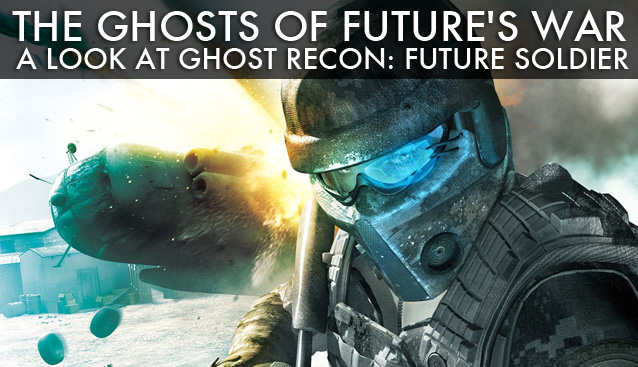
The Ghost Recon series is a weird one. The original game, released in 2001, wasn’t based on any of Tom Clancy’s novels despite bearing his name. At the time, the gameplay mechanic was something of a novelty. Ghost Recon was basically something of an open-air version of Rainbow Six, the other big Tom Clancy shooter franchise—it was tactical, squad based and rather realistic. Despite solid sales, Ghost Recon wasn’t an overwhelming success. At the time, its biggest competition came in form of Bohemia Interactive’s first installment to the Operation Flashpoint series, which offered an even bigger open terrain and even more realism to boot.
Years passed after the initial game and its expansion packs and console adaptations. The next big entry to the franchise was Ghost Recon - Advanced Warfighter (GRAW). Unlike Operation Flashpoint, Ghost Recon always had its eyes set on hypothetical future conflicts. GRAW pitted the player against a Mexican insurgent army, taking place in and around El Paso and Juarez, much to the dismay of the Mayor of Juarez, a city that has quite a lot of real world problems and could’ve done without a fictional depiction of it being a rebel stronghold with open firefights in the streets.
The Advanced Warfighter games were somewhat niche-y titles. Not quite as much as Operation Flashpoint and the ArmA games that spawned from that approach to the realistic military shooter, but niche-y none the less. GRAW and its sequel featured state of the art weaponry, drones and hyper-modern gadgets for the player to play around with, never straying too far into the realm of science fiction. Squad commands were still there, different proficiencies for the squad members as well. GRAW, like the original game, retained a somewhat slow and careful pace, with quite lethal firefights discouraging a guns-blazing approach.
Future Soldier appears to Advanced Warfighter what Splinter Cell Conviction was to the previous games.The next installment to the franchise, the now recently released Ghost Recon Future Soldier, seems to partially abandon some of the concepts. Previews and gameplay videos showcase a rather on-rails approach, with plenty of big, cover based firefights, along with quite science fiction-y gadgets and abilities—which is first and foremost featured with the addition of a cloaking device. Future Soldier appears to Advanced Warfighter what Splinter Cell Conviction was to the previous games. More action, less realism, and a stronger focus on videogame elements.
Crucially interesting are the varied locales in which the game is set. There are levels in rural Africa, urban Russia and Pakistan, ice levels in the arctic and apparently even some setpieces in space. From the looks of it, Ubisoft is trying to attack the heavyweights of the military porn shooter genre head on. Imitation might be the sincerest form of flattery, but I’m curious to see how this pans out. The audience for Ghost Recon isn’t necessarily the same as the audience for Modern Warfare. From the looks of it, a slower pace is still encouraged, but only until all hell breaks lose, then it’s all furious cover shooting and frantic reloading of super-modern carbine rifles.
Tonally, it seems that Ubisoft is aiming for a very Modern Warfare like approach. We get the Ghost squad which apparently now has actual personality instead of rather anonymous, faceless military professionals. There’s nuclear weapons and apparently a Russian villain involved. Many people of many colors (Africans, Pakistanis, Russians) will be shot in the face, after being spotted and marked with the help of UAV’s. Which isn’t new for this franchise, since GRAW already featured recon drones to scout out new territory. What’s apparently the biggest ‘innovation’ to the series are the setpieces. Space. The Arctic. This promises more variety, but at the same time makes me wonder just how close to the globe-hopping spectacle of Modern Warfare Ubisoft is willing to go.
Future Soldier is looking pretty good and promises a number of interesting ideas.Future Soldier is looking pretty good and promises a number of interesting ideas. And releasing it now rather than in the same window as the next Call of Duty, Battlefield or Medal of Honor is a good idea, since the franchise hasn’t really come out of those games’ collective shadow. Which is ironic, considering that Ghost Recon as a franchise is one of the oldest ones in the bunch. Also, GRFS is a game that seemingly sets—or follows—this year’s trend of near-future gadget laden, DARPA concept weapon system rich franchises, alongside with Call of Duty Black Ops 2. But to become a critically acclaimed game, and a huge seller, Future Soldier needs more than that.
I’m interested to see how the narrative is treated, and what kind of new ideas Ubisoft’s Red Storm studio came up with this time. They sure didn’t disappoint in the past, even if presentation and marketing left their games rather in the margins of mili-porn shooting. This time around, it seems they put much more focus on presentation. I just hope the gameplay and tactical elements didn’t suffer because of it.

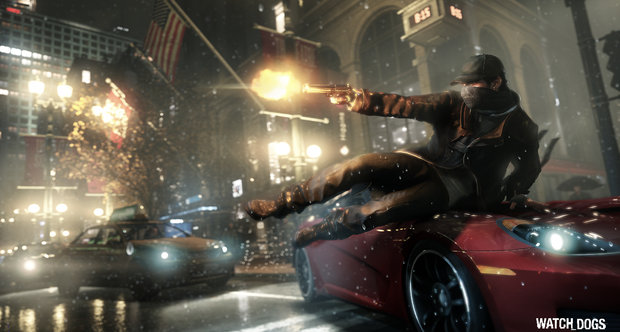


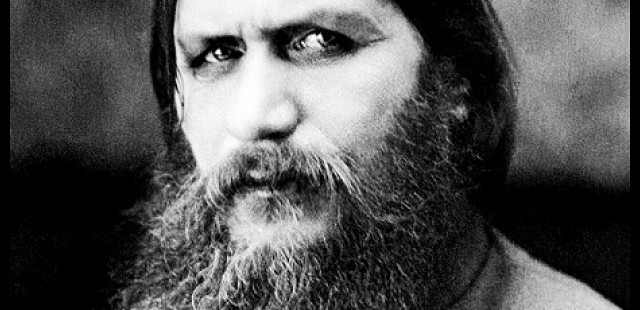 You Can Still Enjoy These World Video Game Hall of Fame Nominees
You Can Still Enjoy These World Video Game Hall of Fame Nominees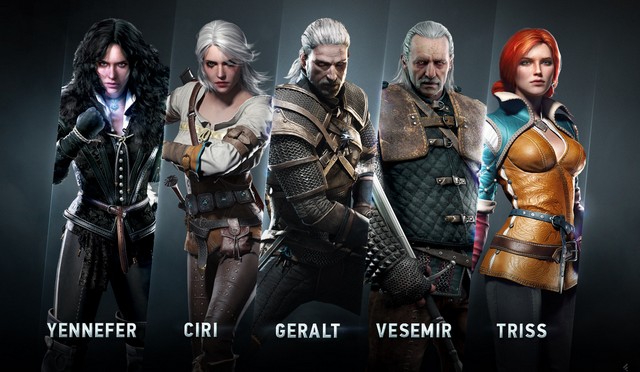 How To Fast Travel In The Witcher 3: Wild Hunt From Edges Of Map
How To Fast Travel In The Witcher 3: Wild Hunt From Edges Of Map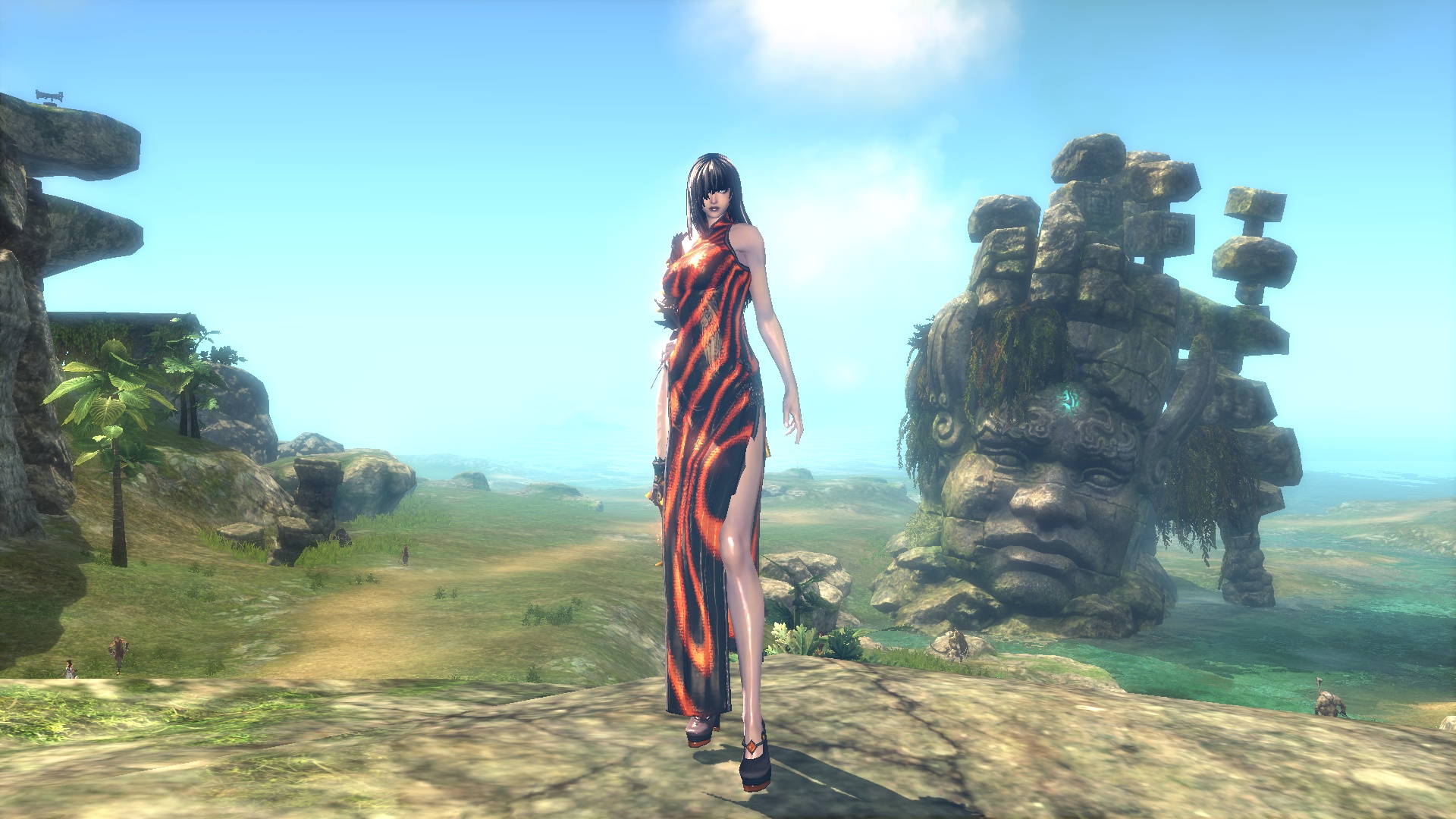 Blade&Soul Guide: How to Get the Red Specter
Blade&Soul Guide: How to Get the Red Specter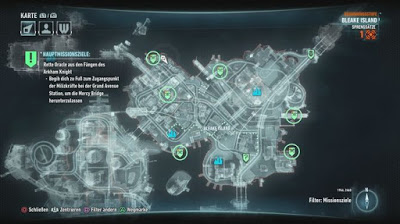 Batman Arkham Knight: most wanted - side missions guide
Batman Arkham Knight: most wanted - side missions guide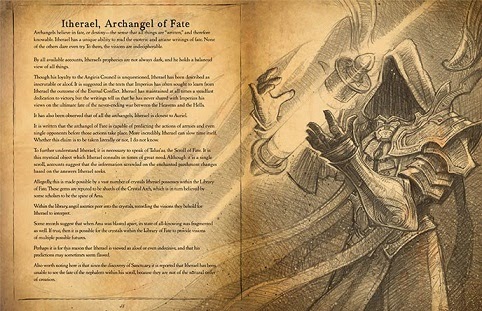 Best Selling Books inspired by video games - 2015
Best Selling Books inspired by video games - 2015